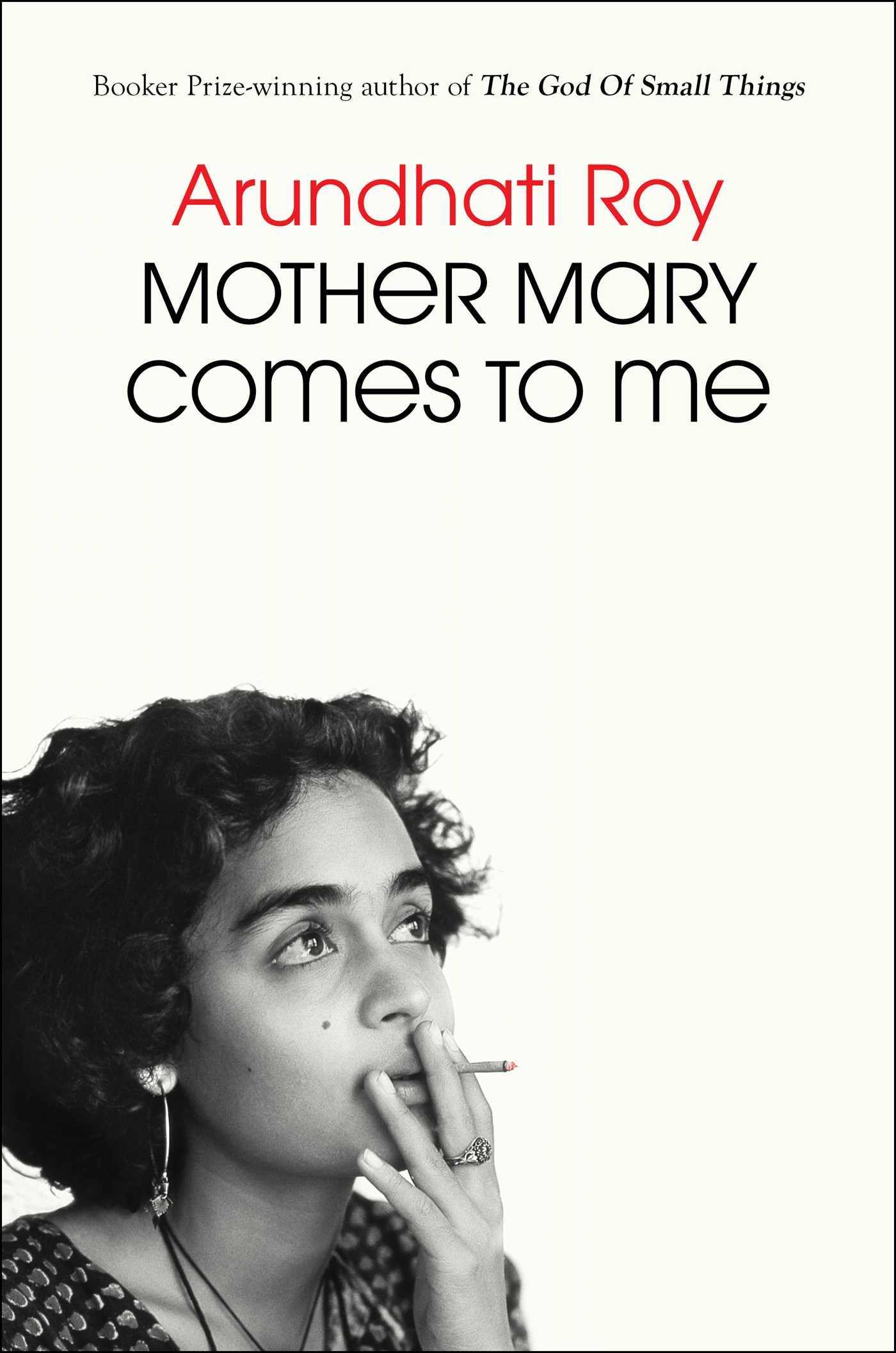
18 Aug Book Review of Mother Mary Comes to Me
Discovering the Depths of Mother Mary Comes to Me by Arundhati Roy
When I first laid eyes on Arundhati Roy’s Mother Mary Comes to Me, I felt an immediate magnetic pull. Having read her acclaimed novel The God of Small Things, I was eager to dive into a memoir that promised insights not just into her life, but also into the complexities of her relationship with her formidable mother, Mary Roy. Little did I know, this book would envelop me in a tapestry of love, struggle, and acute socio-political reflections that would resonate deeply within.
At its heart, Mother Mary Comes to Me is a memoir that dives into the turbulent waters of family dynamics, highlighting the often fraught relationship between Arundhati and her mother, Mary. The juxtaposition of admiration and fear is strikingly palpable. Mary, a pioneering woman who challenged societal norms—fighting illness, overcoming sexism, and raising her children as a single mother—brims with strength and contradictions. It’s within this complex mother-daughter relationship that readers can explore the nuances of love shaped by expectations and unyielding standards. I found myself empathizing with both women: Arundhati, caught in the tempest of her mother’s demands, and Mary, whose ferocious spirit was both a source of inspiration and intimidation.
Roy’s writing style is nothing short of mesmerizing. Her ability to weave rich, evocative language with sharp political observations creates a compelling narrative that feels both personal and universal. For instance, her reflections on Hindu Nationalism and the socio-political landscape of India lend weight to her personal journey, turning it into a reflection on culture, identity, and resistance. The precision in her descriptions, especially when she speaks of her childhood by the Meenachil River, felt like a homecoming for me as a reader.
A passage that particularly struck me reads, “For my part, I wanted to test myself… Could I write about irrigation, agriculture, displacement, and drainage the way I wrote about love and death?” This question reverberates throughout the book, forcing us to confront our own definitions of sacrifice and responsibility. In many ways, it became a mantra for my own reflections—a reminder to hold on to the moral high ground instead of letting things simply “be.”
Moreover, Roy’s exploration of the Narmada River dam project emphasizes her commitment to writing as a form of activism. This merging of the personal with the political is deeply impactful. It challenges readers, like me, to consider how our own narratives interconnect with larger societal issues.
Ultimately, Mother Mary Comes to Me is more than just a memoir; it’s a profound meditation on family, resilience, and the power of storytelling. I believe it will resonate not only with fans of Roy’s previous works but also with anyone who grapples with the complexities of family and identity, as well as those interested in the socio-political nuances of contemporary India.
If you’re looking for a book that entices with lyrical prose while demanding introspection, I wholeheartedly recommend diving into Roy’s world. This memoir has illuminated my understanding of her literary journey and ignited a curiosity to explore her other essays and novels. So, grab your copy, find a cozy spot, and prepare for a reading experience that will linger far beyond its pages.









